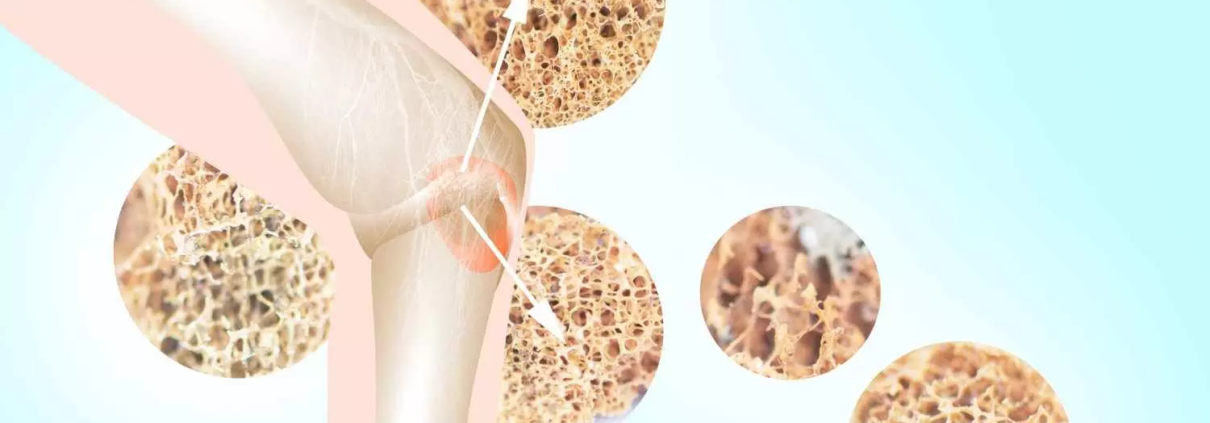Exercise combined with GLP-1RA outperforms liraglutide alone in Optimizing weight loss and bone health: JAMA

Denmark: A recent secondary analysis of a randomized clinical trial including 195 adults with obesity has provided valuable insights into the impact of different treatments—exercise alone, GLP-1 receptor agonist treatment, or a combination of both—on bone health. The study, which examined outcomes related to bone mineral density (BMD) and bone turnover markers, offers new perspectives on strategies to promote skeletal health.
The findings, published in JAMA Network Open, suggest that adding exercise to glucagon-like peptide-1 receptor agonists (GLP-1RAs) treatment is an effective weight loss strategy while preserving bone health.
“The combination of exercise and GLP-1 RA preserved spine, hip, and forearm BMD despite larger weight loss. GLP-1 RA treatment alone reduced spine and hip BMD compared with placebo or exercise alone,” the researchers reported.
Concomitant bone loss is a major concern with weight loss. Exercise and GLP-1RAs represent weight loss strategies that may protect bone mass despite weight loss. Considering this, Simon Birk Kjær Jensen, University of Copenhagen, Copenhagen, Denmark, and colleagues aimed to investigate bone health at clinically relevant sites (forearm, spine, and hip) after diet-induced weight loss followed by a 1-year intervention with exercise, liraglutide, or both combined.
For this purpose, the researchers conducted a predefined secondary analysis of a randomized clinical trial between 2016 and 2019 at the University of Copenhagen and Hvidovre Hospital in Denmark. Eligible participants were adults aged 18 to 65 years, with obesity (body mass index of 32-43) and without diabetes. Data analysis took place from March to April 2023, with supplementary analysis conducted in February 2024 during the revision phase.
Following an 8-week low-calorie diet (800 kcal/day), participants were randomly assigned to one of four groups for 52 weeks: a moderate- to vigorous-intensity exercise program (exercise alone), daily administration of 3.0 mg of the GLP-1 receptor agonist liraglutide (liraglutide alone), the combined intervention, or placebo.
The main focus was to assess changes in BMD at specific sites—hip, lumbar spine, and distal forearm—from a pre-low-calorie diet to the conclusion of treatment, evaluated using dual-energy x-ray absorptiometry in the intention-to-treat population.
The following were the key findings of the study:
- 195 participants (mean age, 42.84 years; 64% females; mean BMI, 37.00) were randomized, with 48 participants in the exercise group, 49 participants in the liraglutide group, 49 participants in the combination group, and 49 participants in the placebo group.
- The total estimated mean change in weight losses during the study was 7.03 kg in the placebo group, 11.19 kg in the exercise group, 13.74 kg in the liraglutide group, and 16.88 kg in the combination group.
- In the combination group, BMD was unchanged compared with the placebo group at the hip (mean change, −0.006 g/cm2) and lumbar spine (−0.010 g/cm2).
- Compared with the exercise group, BMD decreased for the liraglutide group at the hip (mean change, −0.013 g/cm2) and spine (mean change, −0.016 g/cm2).
The findings showed that combining exercise and GLP-1RA (liraglutide) was the most effective weight loss strategy while preserving bone health. Liraglutide treatment alone reduced bone mineral density at clinically relevant sites more than exercise alone, despite similar weight loss.
In conclusion, the secondary analysis of this randomized clinical trial provides compelling evidence regarding the effects of exercise, GLP-1 receptor agonists, and their combination on bone health markers. As further research unfolds, these findings hold promise for advancing therapeutic approaches aimed at preserving and enhancing skeletal integrity across different patient demographics.
Reference:
Jensen SBK, Sørensen V, Sandsdal RM, et al. Bone Health After Exercise Alone, GLP-1 Receptor Agonist Treatment, or Combination Treatment: A Secondary Analysis of a Randomized Clinical Trial. JAMA Netw Open. 2024;7(6):e2416775. doi:10.1001/jamanetworkopen.2024.16775



